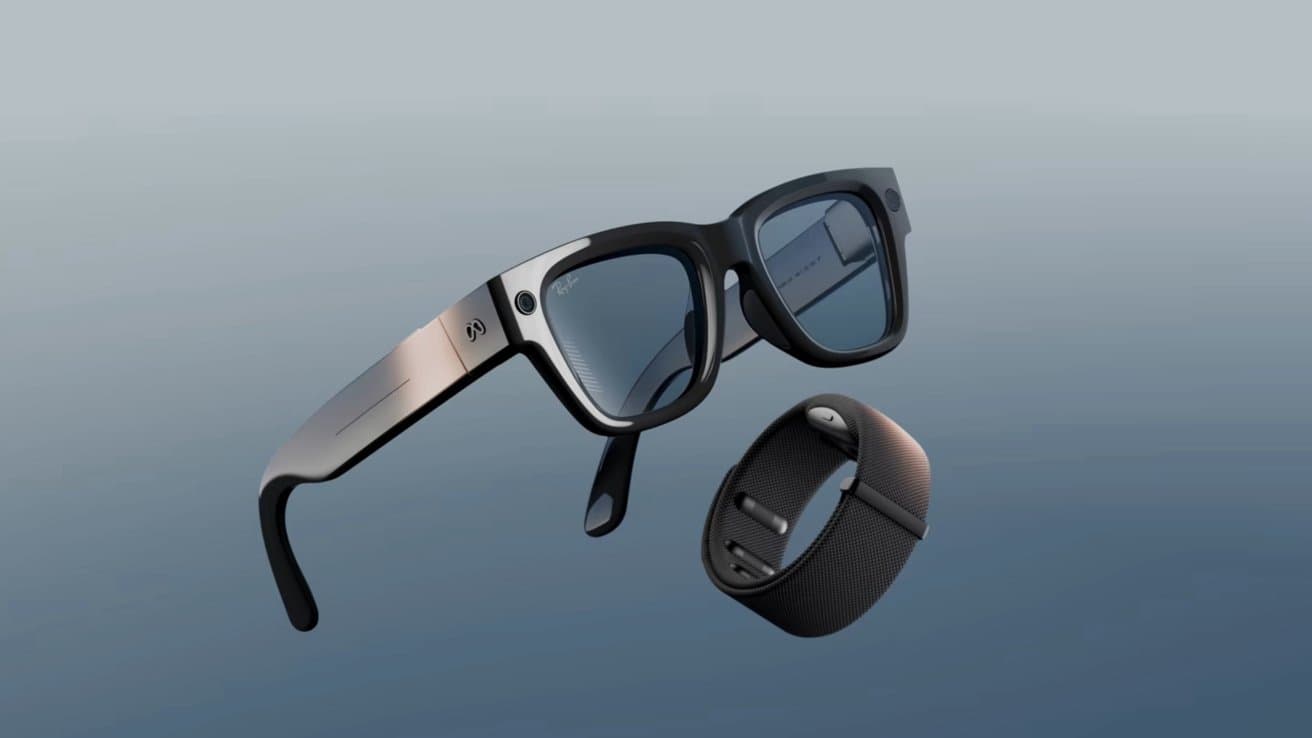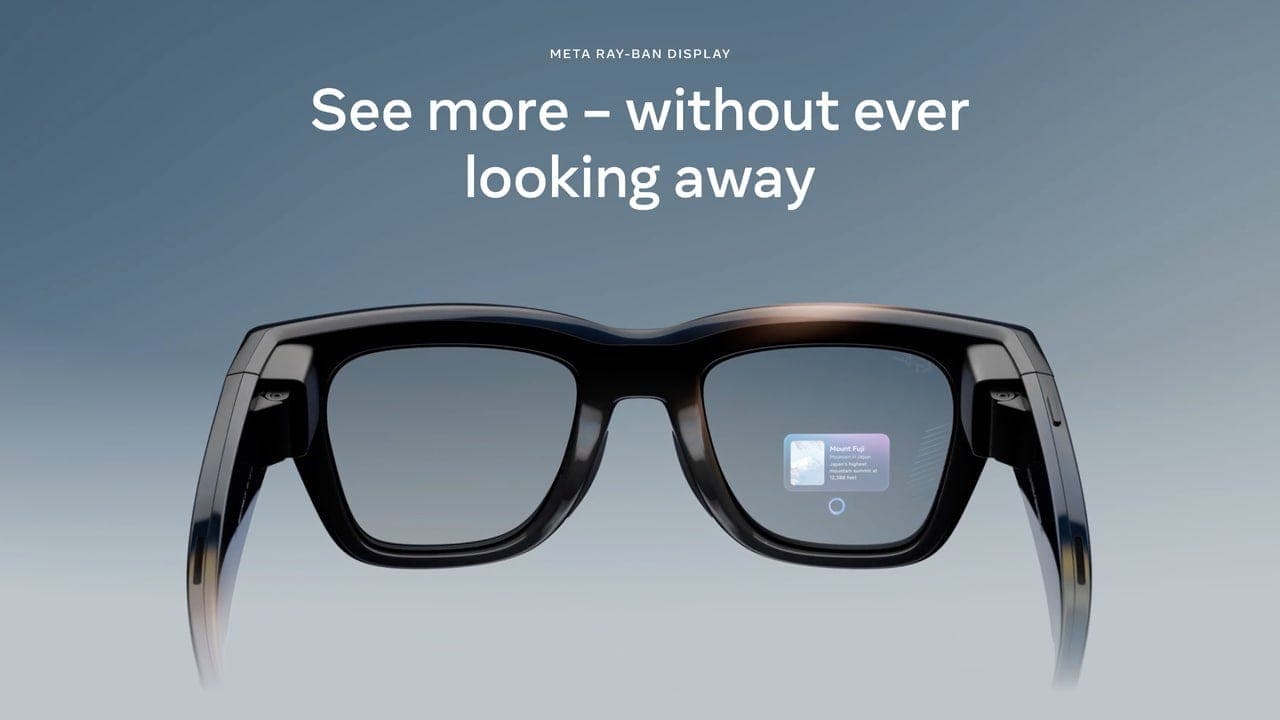Written by Shwaira Solutions
21 September 2025 | 4 min read
A Glimpse Into the Everyday AR Future
For years, smart glasses have promised a future where digital and physical worlds blend seamlessly. Yet, most attempts have either been too bulky, too limited, or too awkward for everyday wear. That’s why Meta’s latest launch - the Ray-Ban Display smart glasses - feels different.
This isn’t another tech prototype hidden in labs or a clunky headset reserved for early adopters. It’s a stylish, everyday accessory that looks like something you’d already wear - but now comes with a full-color display built into the lens.
More Than Just a Pair of Glasses
At first glance, they look like regular Ray-Bans. But under the surface, Meta has packed in:
- An in-lens display → delivering notifications, translations, or navigation cues directly into your field of view.
- The Neural Band → a wrist-worn controller that interprets subtle muscle signals, letting you navigate with finger movements instead of fumbling with touchpads.
- AI-driven features → live translations, captions, reminders, real-time navigation, and contextual search.
- A 12MP camera → paired with a viewfinder in the display for capturing and sharing content hands-free.
- Six hours of battery life → extendable with a charging case.

Shaping a New Interaction Model
At $799, they’re priced for early adopters, but Meta isn’t just selling a gadget - it’s shaping a new interaction model for how we engage with technology.
Why This Release Matters
Smart glasses have long faced one big barrier: social acceptance. Nobody wants to walk around looking like they’re strapped into a headset. By hiding a high-resolution display in a classic Ray-Ban frame, Meta is making AR less intimidating and more wearable.
This matters because it moves AR from something futuristic to something familiar. Instead of promising holograms floating in thin air, it delivers practical features that solve daily problems - directions on a walk, quick translations, silent messaging. It’s AR not as a spectacle, but as a utility. And that’s a crucial step in mainstream adoption.
Of Course, There Are Limits
No first-generation device is flawless. The Ray-Ban Display glasses are:
- Monocular - the display works only in the right lens.
- Short on battery for all-day use.
- Premium in price at nearly $800.
- Still reliant on a paired phone and Meta AI app for many features.
A Milestone, Not Perfection
But even with these caveats, it’s a milestone. Like the first smartphones, the initial version may not be perfect, but it points clearly to where the future is heading.
The Bigger Picture: Consumer AR Meets Enterprise Reality
Meta’s Ray-Ban Display isn’t just about convenience. It signals a shift in how humans will interact with information - hands-free, heads-up, and seamlessly integrated into daily life.
For consumers, that means staying connected without being glued to a screen. For businesses, it hints at a future where field technicians, factory workers, or healthcare staff could access real-time data overlays as naturally as reading a street sign.

🔎 Shwaira Insight
At Shwaira Solutions, we see Meta’s Ray-Ban Display as part of a broader evolution toward blended reality.
While the glasses target consumers, the underlying principles mirror what we already deliver in the enterprise world:
- 📡 Wearability
- 🖐️ Intuitive control
- 📊 Real-time insights
Through XR training, Digital Twin simulations, and AR-driven smart maintenance, we’re helping organizations adopt similar experiences today.
The gap between consumer devices and enterprise innovation is closing fast - and businesses that embrace this shift will be the ones to thrive in the next wave of digital transformation.